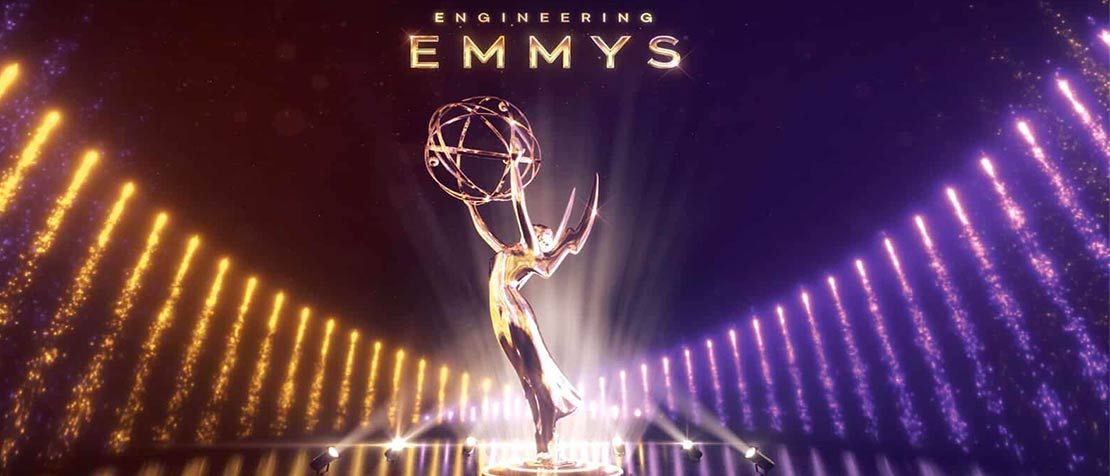
How JPEG, released in 1992, gained Emmy fame in 2019
The engineering team responsible for the first edition of the JPEG image compression standard (ITU T.80-series) has been honoured with an Emmy Award for its outstanding contribution to image coding.
But how does a file format released in 1992 gain Emmy fame in 2019?
We share over 10 billion JPEG images every day.
JPEG’s success has endured 27 years and the format is expected to remain with us for many years to come.
“JPEG is a human heritage standard,” says István Sebestyén, a founding member of the JPEG engineering team as a Special Rapporteur for ITU.
The amount of images captured in digital format exceeds analogue to the extent that, “practically everything is JPEG,” says Sebestyén.
“We cannot convert everything. We will always have to read it. In my opinion, the standard will never disappear.”
This view is shared by Touradj Ebrahimi, Chair of today’s JPEG (Joint Photographic Experts Group).
“Too many of humanity’s cultural assets are in this format,” says Ebrahimi. “It will certainly be there for future generations.”
Attempts to replace JPEG have never threatened its dominance.
“The JPEG committee has tried to replace it, as have major companies, but none of these efforts succeeded,” says Ebrahimi, referring to companies such as Apple, Google and Microsoft.
JPEG-2000, the successor of JPEG, found application in markets such as medical imagery, satellite imagery and digital cinema, markets where JPEG had not taken hold.
“JPEG-2000 opened up new applications,” says Ebrahimi. “Never, or very rarely, did it enter markets already using JPEG.”
The secret to JPEG’s longevity
The baseline of JPEG is royalty-free, a factor Sebestyén and Ebrahimi see as key to the standard’s success.
JPEG was quickly adopted by ‘Independent JPEG’, one of the world’s first open-source communities.
And it arrived at exactly the right time.
“The World Wide Web needed a photographic mode,” says Sebestyén. “The world’s first Web browsers supported JPEG.”
By year 2000, digital photography had almost entirely supplanted analogue photography.
And then came smartphones.
“This was maybe the biggest killer app,” says Sebestyén. “We now have 5 billion mobile phones using JPEG.”
Pioneering standards collaboration
JPEG is a partnership between the world’s three leading standards bodies, ITU, ISO and IEC.
And JPEG was the first such partnership.
“The endorsement of the standard by these three bodies brought JPEG huge credibility,” says Ebrahimi.
Today ITU, ISO and IEC cooperate to the degree that 10 per cent of all ITU standards are common or aligned texts with ISO/IEC Joint Technical Committee 1 (Information Technology).
JPEG paved the way for this cooperation.
There were no formal procedures for joint work at the outset of JPEG’s development. These procedures were established during the standard’s development.
A blueprint for future standards
JPEG is also credited with creating the blueprint for modern standardization projects.
“JPEG was designed as a ‘toolbox’ standard, the first toolbox standard before MPEG,” says Sebestyén. “Its components were re-used to support a wide variety of different applications.”
The JPEG committee continues to develop standards with royalty-free baselines, and the approach to JPEG’s development is said to have ushered in a new era of more user-centric standardization.
“The development of JPEG placed end-users at the centre,” says Ebrahimi. “That was a bold decision at the time.”
User requirements were prioritized over those of industry.
The project first established user requirements, followed by an evaluation of technologies with potential to meet these requirements.
This model has been followed ever since.
Learn more about the past, present and future of JPEG in ITU interviews with István Sebestyén and Touradj Ebrahimi.
